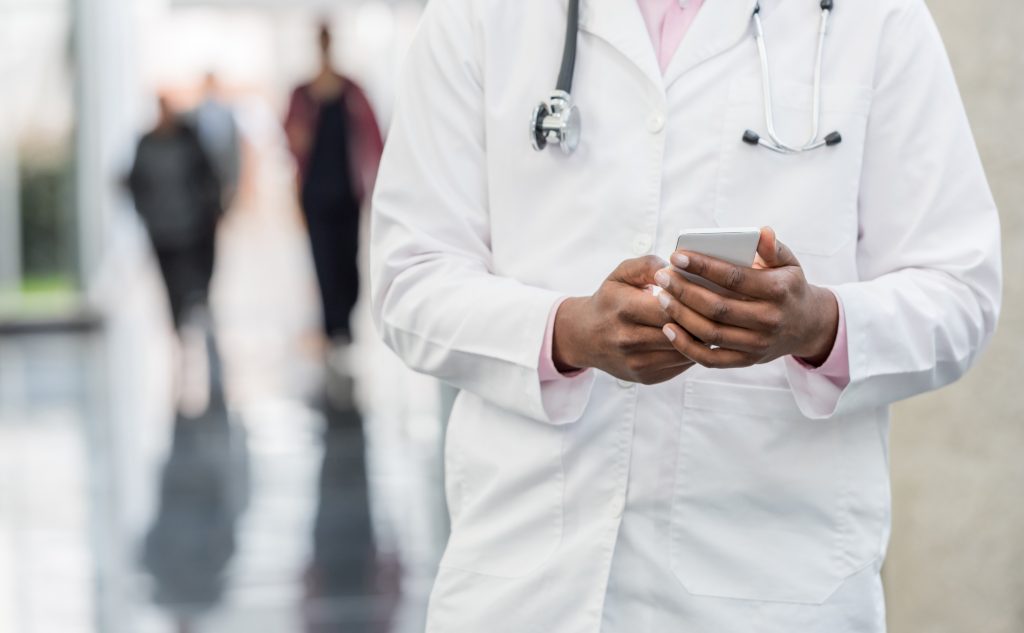Useful apps for primary care physicians

There seems to be an app for everything now. The choices can be confusing, particularly when the independent physician is searching for the most useful and most reliable options. Apps can provide a wealth of updated information for primary care physicians, but they can also be time wasters that take up valuable space on an electronic device.
A recent article in Physicians Practice highlights three apps that “are of significance to the primary-care specialties”:
ASCCP Cervical Screening Guideline App (ASCCP) – A simple app designed for easy, quick access with four buttons for screening, management, algorithms, and definitions. The primary care physician can enter data about a particular patient to see the ASCCP strategies for clinical approach. Available algorithms cover almost every possible patient situation and condition.
USPSTF Preventative Services Database App (AHRQ ePSS) – An app that is “one of the most extensive and data-driven list of screening guidelines for patients based on demographic data (age, sex, sexual activity, pregnancy and tobacco use).” The primary care physician can use this app to determine what the patient should be screened for, including “what is most likely to increase their morbidity or mortality in a particular age group” based on data as basic as demographics.
Guideline Clearing House App (Guideline Central) – Designed to provide the most relevant guidelines for the physician’s specialty area. The app is a “comprehensive guideline database that is searchable” and allows the primary care physician to tailor those guidelines to a “specialty or particular conditions, as well as provide access to useful tools and calculators relevant to the guideline in question.”
While guidelines for screening and treatment seem to change frequently, these apps can help the primary care physician get current information in real time, based on patient data or data regarding the patient’s condition. For the primary care physicians who want fingertip-accessible information, these apps can be very useful.






